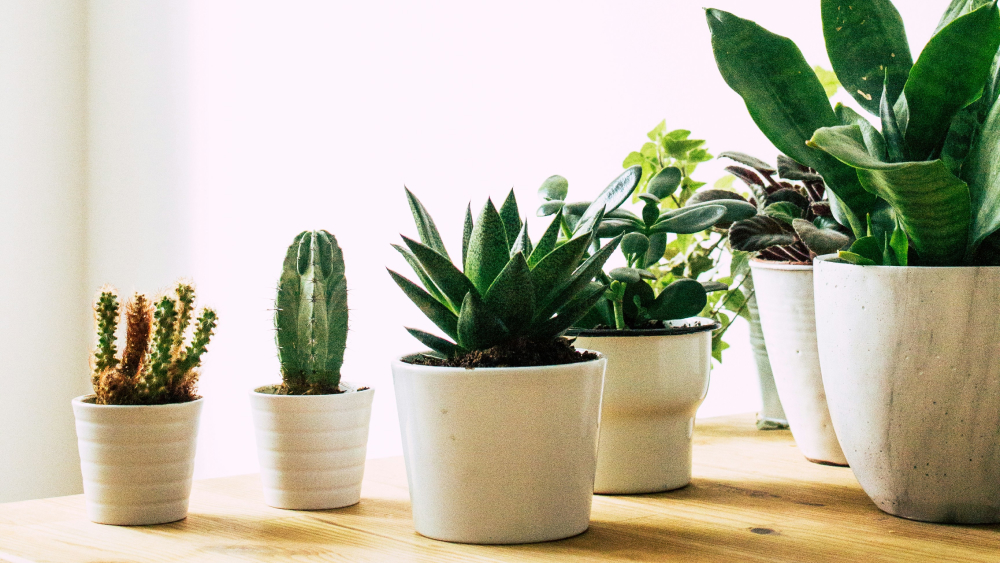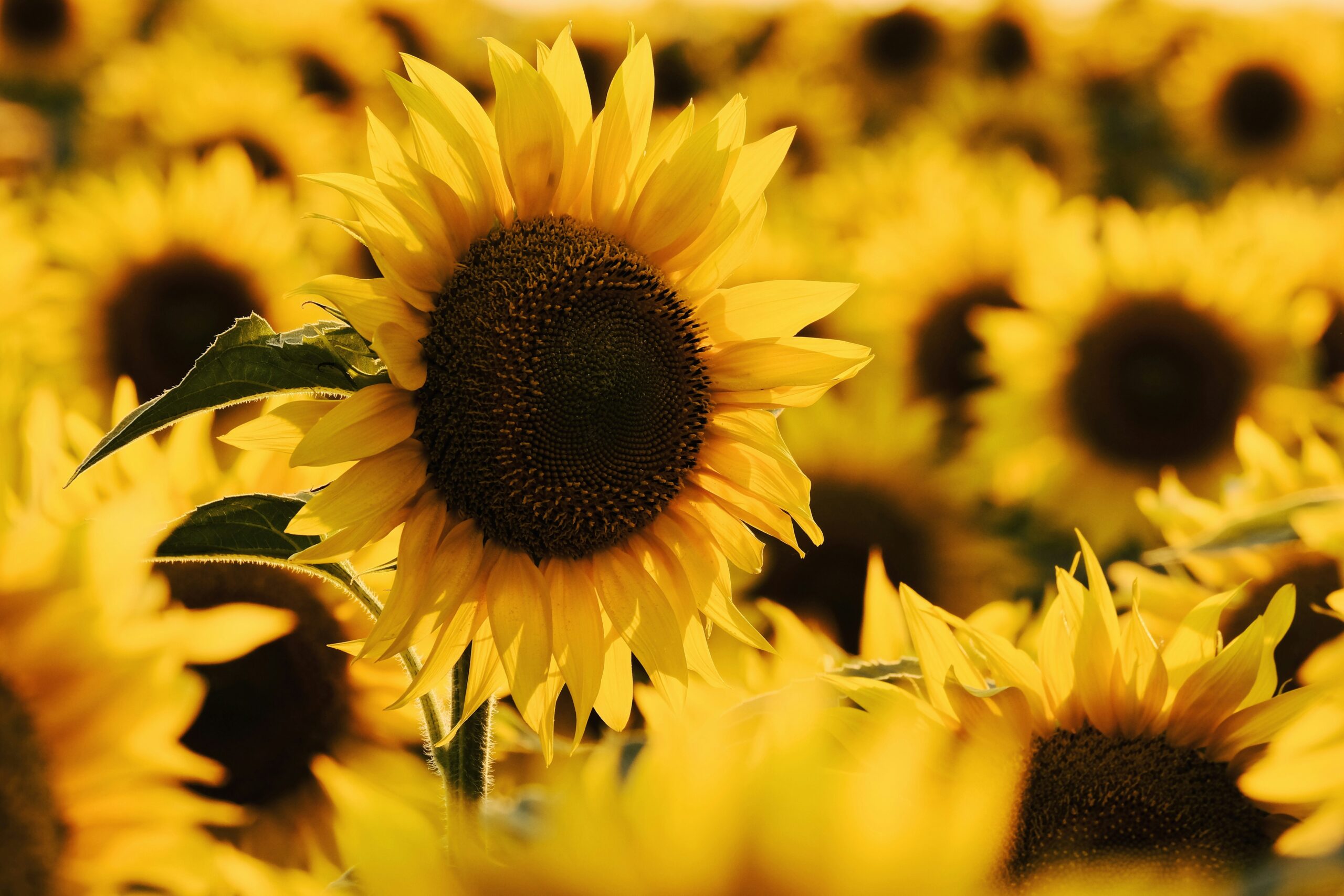
Overwatering is a common issue faced by indoor plant enthusiasts, whether they’re seasoned gardeners or recipients of same day plant delivery or flower plant delivery services. Understanding the signs of overwatering plants is crucial in maintaining their health and ensuring their longevity. This article will guide you through identifying overwatering symptoms and provide tips on how to fix and prevent this common problem.
Constantly Wet Soil
One of the most apparent signs of overwatering is soil that remains wet for prolonged periods. Healthy plant soil should be moist but not waterlogged. If the soil feels soggy to the touch days after watering, it’s a clear indication of overwatering.
Yellowing Leaves
Yellow leaves can be a telltale sign of an overwatered plant. While older leaves naturally turn yellow over time, widespread yellowing, especially in younger leaves, often points to excess moisture in the soil.
Soft, Squishy Stems
Healthy plant stems are typically firm and robust. If you notice that the stems of your plant feel soft and squishy, it’s a strong indicator of overwatering, which can lead to stem rot.
Brown Edges or Spots on Leaves
Overwatered leaves often develop brown edges or spots, a symptom of root rot caused by excessive water. This prevents the plant from absorbing the necessary nutrients, leading to leaf discoloration.
Soil Attracting Pests
Overly moist soil can become a breeding ground for pests like fungus gnats. If you notice an increase in pests around your plant, it could be due to overwatering.
How to Fix Overwatered Plants
To rescue an overwatered plant, start by reducing your watering frequency. If the plant is severely waterlogged, consider repotting it into fresh, dry soil. Trim away any rotten roots or leaves to prevent the spread of decay.
How to Prevent Overwatering Plants
Preventing overwatering begins with understanding the specific water needs of your plants. Ensure proper drainage by using pots with drainage holes and well-draining soil. Before watering, check the soil moisture by sticking your finger an inch into the soil. If it’s dry, it’s time to water; if not, wait a few days and check again.
Conclusion
Recognizing the signs of overwatering plants is essential for any plant owner. By understanding these signs and taking corrective actions, you can ensure the health and beauty of your indoor plants. Whether you’re a seasoned gardener or someone who enjoys the convenience of flower plant delivery, being mindful of your watering practices is key to nurturing thriving indoor plants.



